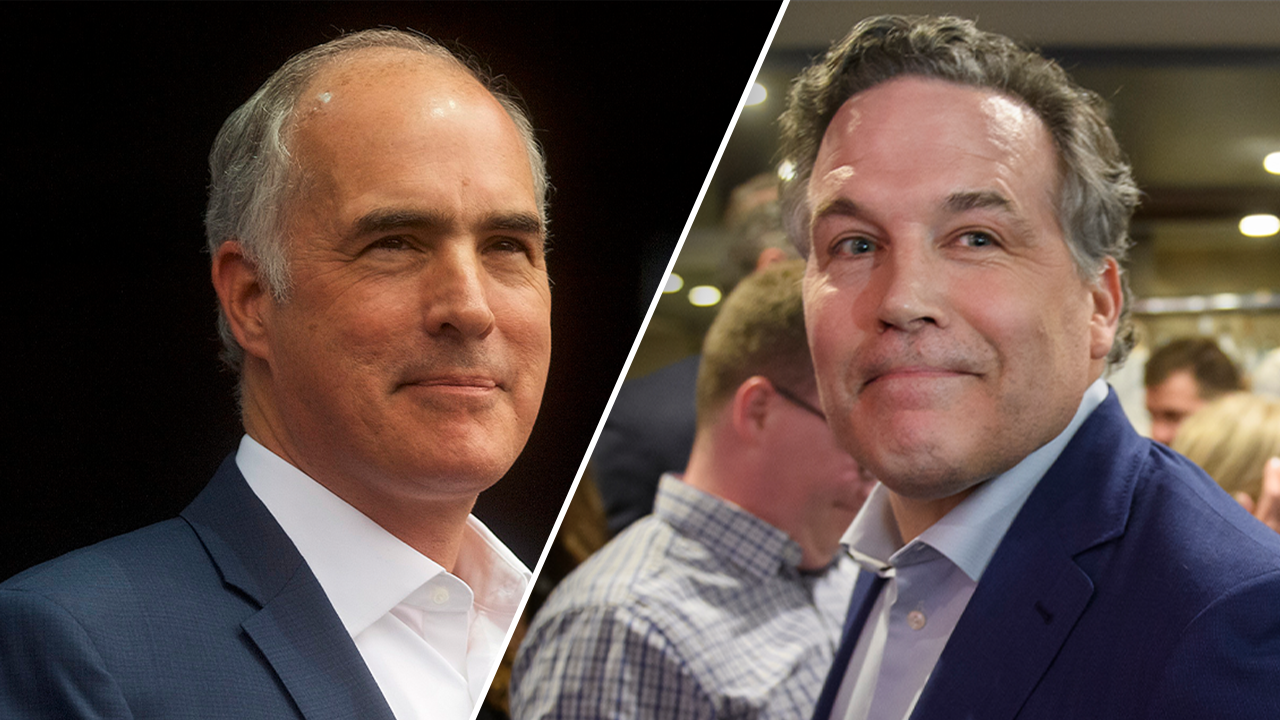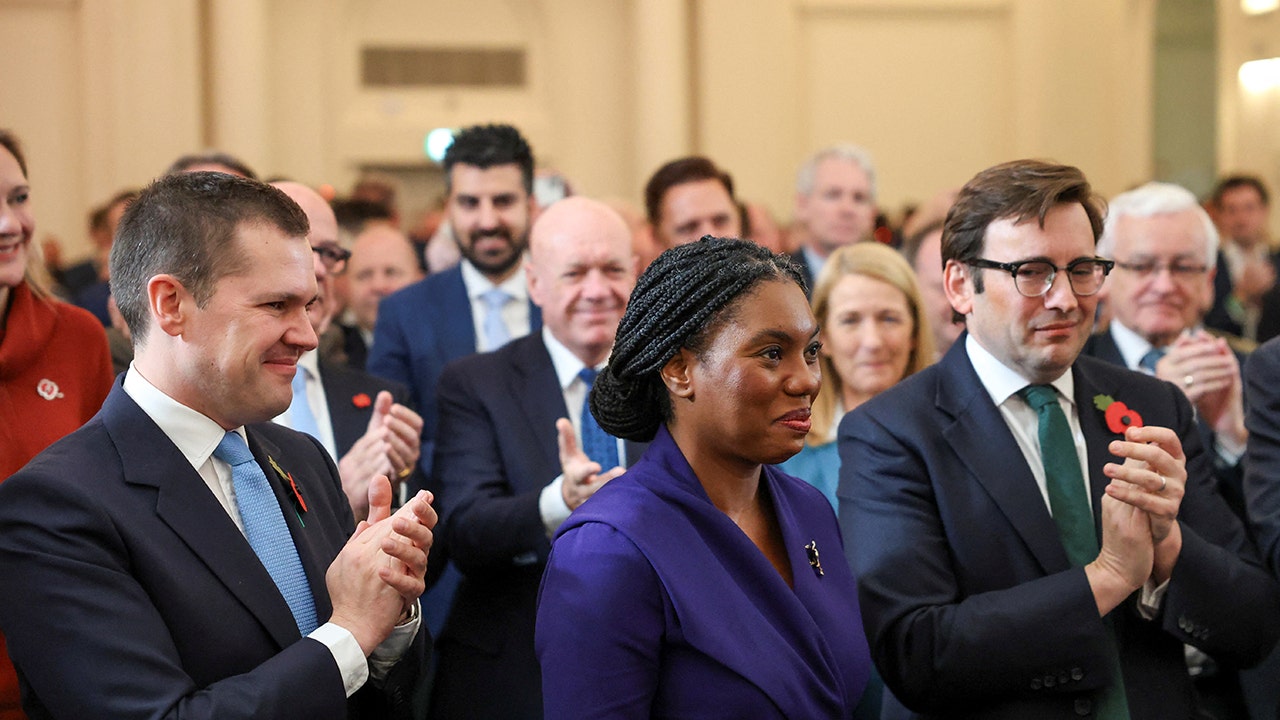Thu Nov 7, 2024 - 1:22 pm EST
Help bring aid trucks into Gaza: LifeFunder
Editor’s note: This is Part II of a series of articles originally published by The Washington Stand. Read Part I here.
(The Washington Stand) — In 1990, the Ukraine Parliament affirmed it had the “intention of becoming a permanently neutral state that does not participate in military blocs …”
Ukraine’s political and military neutrality was accepted by the United States, Russia, and Great Britain in the 1994 Budapest Memorandum as part of establishing a nuclear non-proliferation agreement which would “respect the independence and sovereignty and the existing borders of Ukraine … to refrain from the threat or use of force against the territorial integrity or political independence of Ukraine.”
READ: How the Biden-Harris admin pushed Russia into war with Ukraine
A 2010 Pew Research poll of Ukrainian citizens found that 51% opposed joining NATO and 28% favored joining. The “neutrality” position would gradually wane after 2014 when the elected president of Ukraine was replaced by a pro-western president with help from the United States.
In 2022, Russian President Vladimir Putin claimed that the Maiden Revolution of 2014, while derived from “justified public discontent,” was escalated by “radical nationalists … to a coup d’état in 2014. They also had direct assistance from foreign states. … the U.S. Embassy provided $1 million a day to support the so-called protest camp on Independence Square in Kiev. … Large amounts were impudently transferred directly to the opposition leaders’ bank accounts, tens of millions of dollars …’”
U.S. Assistant Secretary of State Victoria Nuland made a phone call in February 2014 to U.S.-Ukraine Ambassador, Geoffrey Pyatt, intercepted by Russian sources, which caught Nuland, President Obama’s top diplomat to Europe on tape saying, “F*** the EU.” In the leaked telephone call, Nuland sharply criticizes the European Union’s handling of the Ukraine crisis and lays out the administration’s desired outcome for the crisis. The two also discuss how to achieve the Obama administration’s preferred outcome.
Jack Matlock, U.S. Ambassador to the USSR from 1987 to 1991, noted in 2022: “So far as Ukraine is concerned, U.S. intrusion into its domestic politics was deep — to the point of seeming to select a prime minister. It also … supported an illegal coup d’état that changed the Ukrainian government in 2014, a procedure not normally considered consistent with the rule of law or democratic governance. The violence that still simmers in Ukraine started in the ‘pro-Western’ west, not in the Donbas where it was a reaction to what was viewed as the threat of violence against Ukrainians who are ethnic Russian.”
With more direct U.S. influence in Ukraine politics, the Ukrainian Parliament in June 2017 approved legislation supporting membership in NATO, followed in 2019 by the passage of a constitutional Amendment to join NATO. In September 2020, Ukraine President Volodymyr Zelenskyy approved a National Security Strategy with the purpose of joining NATO.
Russia proposed a treaty to NATO which provided that neither Russia nor NATO shall increase troop levels or weapons in any European countries not already present on May 27, 1997; shall not “deploy land-based intermediate or short-range missiles … to reach the territory of the other Parties; and shall not add additional countries to NATO, “including the accession of Ukraine” or other states. The United States rejected the proposal. Secretary of State Antony Blinken noted that “we will uphold the principle of NATO’s open door … There is no change. There will be no change.”
Monroe Doctrine and Ukraine
There is considerable hypocrisy behind American opposition to Russia wanting to have Ukraine as a neutral country in light of America’s nearly 200-year support of the Monroe Doctrine promulgated by America’s fifth President, James Monroe, in his 1823 Address to Congress: “… that the American continents … are henceforth not to be considered as subjects for future colonization by any European powers … .” President Monroe excluded then existing Central or South America governments with links to European nations.
But Biden-Harris and NATO contend that Russia has no justification for similar treatment of a protective buffer despite extensive U.S. history and practice to the contrary.
READ: JD Vance’s foreign policy would bring needed change on Ukraine but not on Israel
In part, present Russian security concerns derive from their long experience of invasions: Poland (1610-1612), Sweden (1708-1709); France under Napoleon in 1812; Kaiser Germany during World War I, and Nazi Germany in World War II. The United States only had one such event, our War of 1812 with Great Britain. Russian leaders whether Tsars, communist dictators, or autocrats like Putin, worked to put distance between Russia and potentially hostile countries.
During the memorable 1962 Cuban Missile Crisis, President John F. Kennedy drew a very bright red line demanding Soviet Premier Nikita Khrushchev remove nuclear armed missiles from Cuba, which was done. The parallels of today’s U.S./NATO efforts in Ukraine is the reverse mirror image of the clash between the United States and Russia in the 1962 Cuban Missile Crisis.
Cuban missile crisis, accidental nuclear war, and Ukraine
In October 1962, the U.S. and USSR came very close to actual nuclear war in the Cuban Missile Crisis, not from design, but from each side’s incorrect assumptions about their own forces, and their antagonist.
Each of the four Soviet diesel-electric submarines heading towards Cuba carried one 15 kiloton nuclear armed torpedo as powerful as the Hiroshima atomic bomb with a range of about 12 miles, in addition to 21 conventional torpedoes. The U.S. military was unaware of this at the time. Also, the Soviet leaders, including Khrushchev and several of his top naval and army leaders, were themselves unaware that the Soviet Navy was not using nuclear powered submarines for their Cuba adventure.
The U.S. Navy was following three of the four Soviet subs and had been dropping grenades to signal the Soviet subs to surface. Captain Valentin Savitsky of the Soviet sub (B-59) took initial steps towards firing his nuclear torpedo at American ships, including an aircraft carrier, thinking that the U.S. Navy’s grenades and practice depth charges were attempts to sink his ship. This was a reasonable, though false assumption, as his sub had come under machine gun fire from a Navy Sub Tracker plane flying some 30 to 50 feet above the ocean when the sub surfaced to recharge its batteries.
Fortunately, another Soviet officer, Vasili Arkhipov, who by chance or Divine Providence, was assigned to that sub, convinced Captain Savitsky — who had ordered his crew to flood the torpedo tube “without orders from Moscow” — to not fire his nuclear torpedo. Fortunately, for us, he did back away.
READ: The real reason NATO is so determined to expand into Ukraine
That was not the only close call. Kennedy was following the advice of his U.N. ambassador who urged Kennedy to make it easy to back away from the situation. His joint military chiefs of staff had urged “a prompt military response” (bombing and invasion). Kennedy initially agreed “that the missiles would have to be bombed and Cuba invaded.” But on Monday evening, October 22nd, Kennedy said he would impose what he called a naval “quarantine.” (Food and humanitarian aid was not blocked.)
But Kennedy insisted on first trying his quarantine of Cuba. Again, fortunately or providentially, “had he accepted the Chief’s recommendations … he unwittingly would have precipitated a nuclear war. … They would have been massacred by an array of Soviet tactical nuclear weapons that American intelligence had not discovered.” (At the time, the American CIA estimated there were 10,000 Russian troops in Cuba. There were 40,000.)
Read Part 3
This article is reprinted with permission from the Family Research Council, publishers of The Washington Stand at washingtonstand.com.
Help bring aid trucks into Gaza: LifeFunder
Your support makes stories like this possible!
LifeSiteNews is completely donor supported, allowing us to report on what truly is happening in the world, free of charge and uncensored. A donation to LifeSite will ensure millions around the world can continue to come to our site to find the truth people are so desperately searching for on life, faith, family and freedom.

 By LifeSiteNews (Politics) | Created at 2024-11-07 18:24:01 | Updated at 2024-11-07 20:39:42
2 hours ago
By LifeSiteNews (Politics) | Created at 2024-11-07 18:24:01 | Updated at 2024-11-07 20:39:42
2 hours ago


/cdn.vox-cdn.com/uploads/chorus_asset/file/25709978/Credit__Luis_Yan_ez___ED_DSC00150.jpg)



